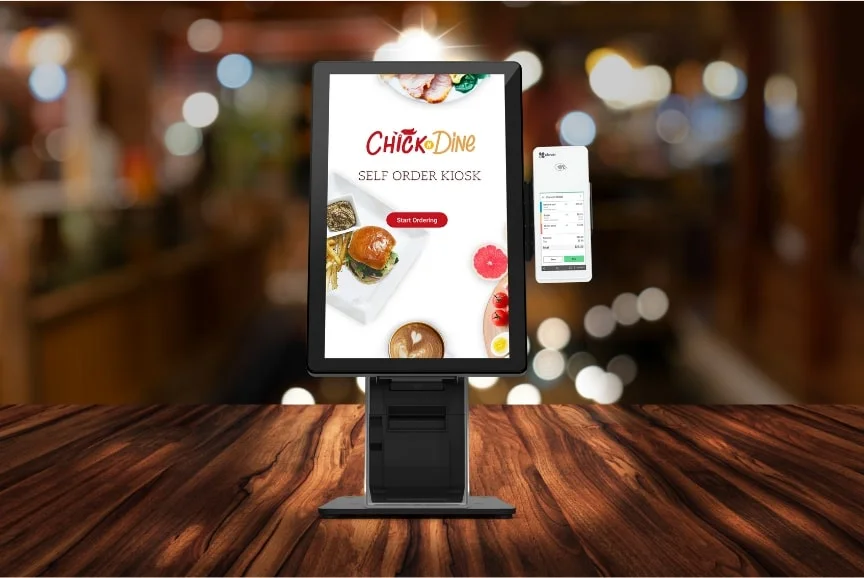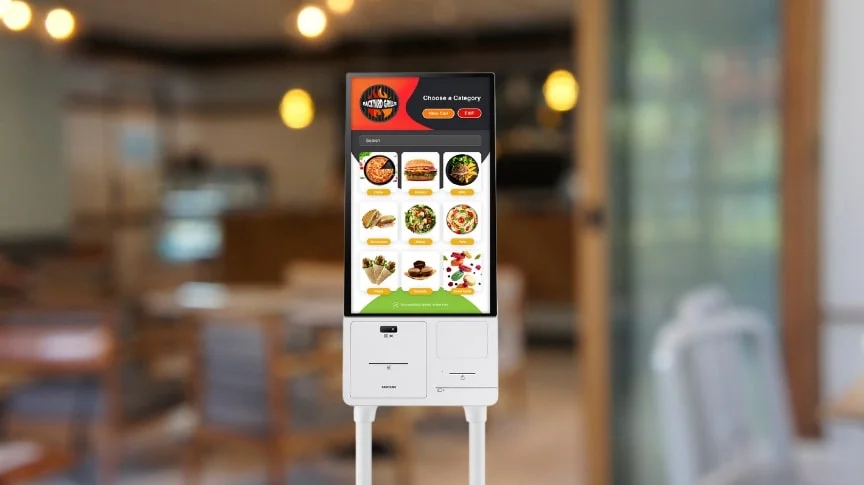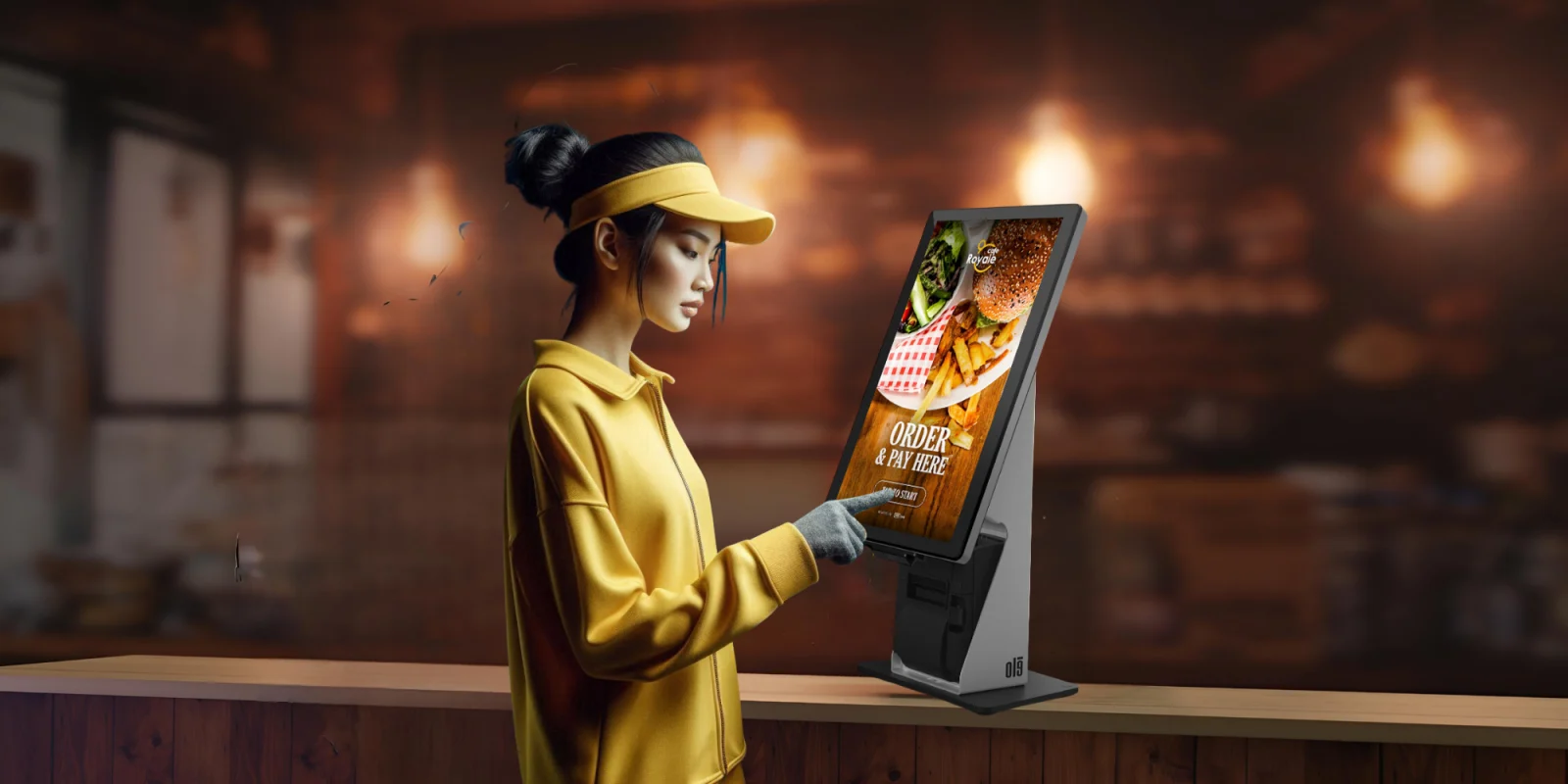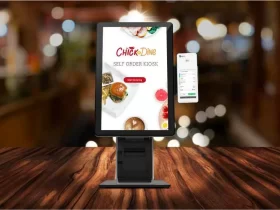In the dynamic, ever-evolving landscape of the restaurant industry, the emergence of self-service technology is not just a fleeting trend but a pivotal revolution. According to a survey by Retale, nearly 50 percent of customers prefer a self-service checkout option at brick-and-mortar stores, and 20 percent would like to have a mobile payment option. Significantly, this technology is reshaping the very fabric of dining experiences, altering how consumers interact with establishments like yours. As a restaurant owner, grasping this shift is not just beneficial; it’s crucial for your business’s survival and growth. Importantly, the integration of self-service technology transcends mere convenience; it’s fundamentally redefining consumer expectations and behaviors.
In this comprehensive article, we will delve deeper into how self-service technology is revolutionizing customer interactions in restaurants.
Additionally, we’ll explore its profound impact and why adapting to these changes is vital for staying competitive in the market.

The Evolution of Consumer Behavior in the Digital Age
1. Seeking Convenience and Speed: The modern consumer, especially the younger generations like millennials and Gen Z, places a premium on speed and convenience. Consequently, this shift is where self-service technology steps in, offering quick, efficient service that dramatically reduces waiting times. It’s not just about speeding up transactions; it’s about streamlining the entire dining process to match the fast-paced lifestyle of today’s diners.
2. Desire for Control and Customization: Self-service options empower customers, giving them the autonomy to tailor their orders according to their exact preferences. Therefore, this level of customization enhances their overall dining experience, making them feel more in control and satisfied with their choices. It’s a shift from the traditional dining model, where the server dictates the pace and style of service, to a more customer-centric approach.
3. Expectation for Technology-Integrated Services: Digital natives, the primary consumer base of today, expect technology integration in almost every aspect of their lives, including dining. They look for seamless technology use from the moment they step into a restaurant, during ordering, dining, and payment processes. This expectation is not just a desire but a baseline requirement for many.
Must Read: How Self-ordering Kiosks improve customer engagement?
How Self-Service Technology is Meeting These Changing Expectations
1. Digital Kiosks and Mobile Apps: These technological advancements are more than just tools; they represent a new way of engaging with customers. Digital kiosks and mobile apps allow guests to browse menus at their leisure, place orders without feeling rushed, and make payments in a secure, touchless manner. These options often lead to increased customer satisfaction, as they can tailor their dining experience to their specific needs and preferences.
2. Contactless Payments and Ordering: The recent health concerns, particularly highlighted by the COVID-19 pandemic, have accelerated the adoption of contactless options in the restaurant industry. Moreover, these technologies have transitioned from being a mere convenience to an essential aspect of dining. They offer peace of mind to customers who are cautious about health and safety, further enhancing their dining experience.
3. Personalized Experiences: The data gathered from self-service interactions are invaluable. They allow for personalized marketing, tailored recommendations, and a more individualized approach to customer service. This level of personalization was previously unattainable but is now at the forefront of customer service in the digital age.
Impact on Consumer Expectations
1. Higher Expectations for Efficiency: With the availability and growing prevalence of self-service technology, consumers now have heightened expectations for efficiency and swift service. They are less tolerant of delays and inefficiencies, expecting a level of service that matches the speed and convenience of digital interactions.
2. Shift Towards Tech-Driven Interactions: The preference for technology-driven interactions over traditional human-powered ones is increasingly evident, especially among younger demographics. This shift reflects a broader change in societal norms, where digital solutions are often preferred for their precision, speed, and convenience.
3. Increased Demand for Omnichannel Experiences: Modern consumers expect a seamless experience across various platforms – whether they are interacting in-person, online, or through mobile devices. The concept of omnichannel services is becoming a standard expectation, pushing restaurant owners to integrate their services across multiple digital and physical platforms.

Challenges and Opportunities for Restaurant Owners
1. Adapting to Technology: Integrating new technology into a traditional restaurant setting presents both challenges and opportunities. The challenge lies in seamlessly integrating these technologies without losing the essence of the hospitality industry – the personal touch. Conversely, the opportunity, however, is immense. Properly implemented, this technology can enhance customer satisfaction, streamline operations, and open new revenue streams.
2. Training Staff: A crucial aspect of integrating self-service technology is training staff to manage and complement these new systems. Staff must be adept not only at their traditional roles but also in assisting customers with technology, troubleshooting issues, and ensuring that the digital and human elements of the service harmonize seamlessly.
3. Balancing Costs and Benefits:The initial investment in self-service technology can be substantial. However, when weighed against the long-term benefits – such as improved operational efficiency, increased customer satisfaction, and higher sales – the investment is justifiable. The key is to balance the costs with the potential benefits, ensuring that the technology adds value to both the customer experience and the restaurant’s bottom line.
Must Read: How to build brand loyalty with Self-ordering kiosks?
The Future of Dining: A Tech-Integrated Experience
Looking ahead, the role of self-service technology in the restaurant industry is poised for even more growth. Subsequently, we are on the cusp of integrating more advanced technologies like AI and machine learning, which promise to offer even more personalized and efficient dining experiences. For restaurant owners, staying informed and adaptable to these emerging technologies is crucial for success in an increasingly digital world.
Conclusion: Embracing the Self-Service Revolution for Enhanced Customer Satisfaction
Finally, the integration of self-service technology in restaurants is significantly altering consumer behaviors and expectations. By embracing this revolution, you position your establishment to enhance customer satisfaction, streamline operations, and ensure relevance and competitiveness in a rapidly changing industry. In the world of dining, staying ahead of the technological curve is not just about adopting new tools; it’s about reimagining the entire customer experience to align with the evolving digital landscape.












Leave a Reply